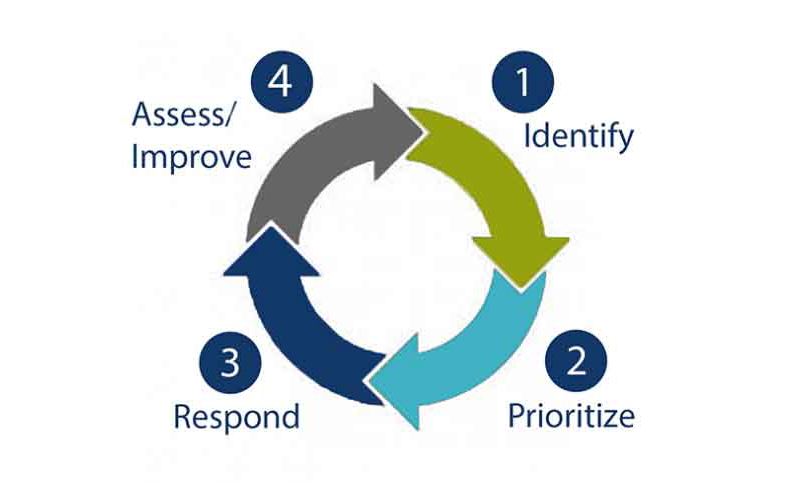“Donors don’t give to institutions. They invest in ideas and people in whom they believe.” G. T. Smith
We feel nonprofit organizations have a responsibility to their donors, members and employees to implement a risk management program to prevent and mitigate threats to the success of their organization.
An effective risk management strategy is a well defined and routine system to gather, evaluate and respond to information regarding threats and opportunities to ensure the sustainability of the company.
The following five steps are critical to properly execute a nonprofit risk management campaign:
Set Goals and Realistic Timelines
It is best to structure the strategy in phases. The first phase could be to recruit board members that have experience in nonprofit risk management to guide the executive team. The next phase would be a training program for team leaders. Clearly defined metrics to measure your implementation success are critical from the very beginning.
Create an Inventory of Potential Risks
Make a list of the key risks you may have to respond to quickly. Prioritize risks in terms of importance. Which pose the most damage to the organization’s brand, finances and operations? Who is responsible for handling which threats and when?
It is important to have a process in place to update your inventory of risks on a frequent basis because they can change rapidly and without notice.
Build a Culture of Responsiveness
Train your staff on how to respond to the risks you have identified. Give employees the tools they need to identify, prioritize and proactively mitigate potential challenges. We recommend you institute systems that evaluate the effectiveness of these tools and how to improve them. Increase efficiencies incrementally.
Collaborate with Existing Support Groups
You may be able to work with organizations that are already supplying support services in an area you are currently involved in. Working with an existing organization may save you a great deal of time, money and energy creating risk management processes that already exist.
For example, you may be able to engage a fiscal sponsor to help you fulfill your risk management goals. This will allow you to work under the umbrella of an established Internal Revenue Code (IRC) 501(c) corporation. Fiscal Sponsors permit groups to receive tax-deductible donations and share resources in common with other nonprofits.
Consult with Professionals
We highly recommend having experienced professionals such as attorneys, Certified Public Accountants (CPAs) and Human Resource (HR) experts involved every step of the way. They can help prevent costly mistakes that could slow down or even stop your nonprofit from being successful in delivering on your promises to your donors and members.
How We Can Help You
Pacific Crest Group (PCG) provides professional services that keep your business focused on your critical objectives. We provide strategic Accounting and Human Resource (HR) services created specifically to help you meet your goals. Through exemplary customer service, clearly defined policies and procedures as well as a forward looking perspective, we provide the outsourced solutions your business needs to grow. A Pacific Crest Group professional is happy to meet with you to discuss solutions for your unique requirements designed to maximize all of your business opportunities.


